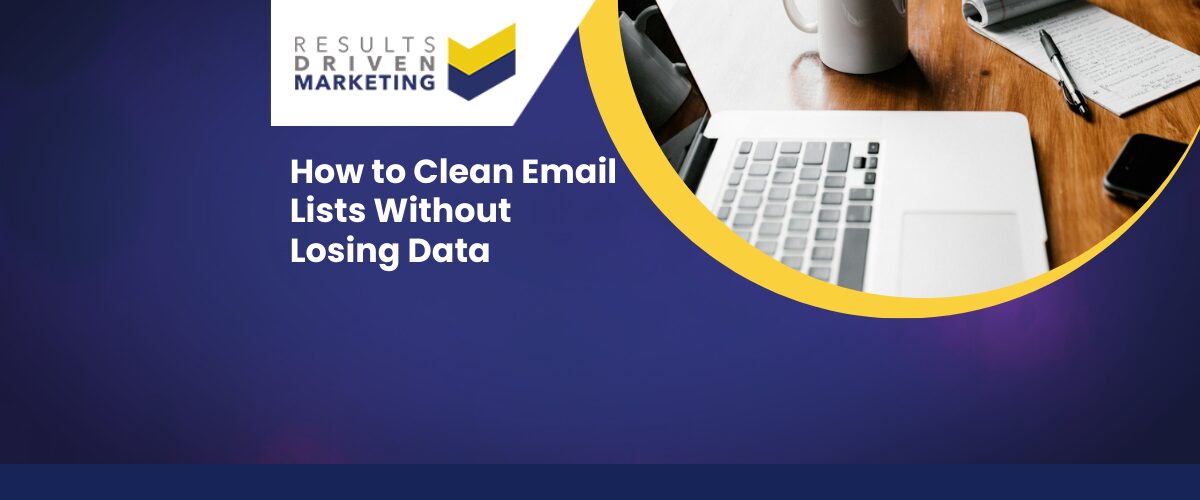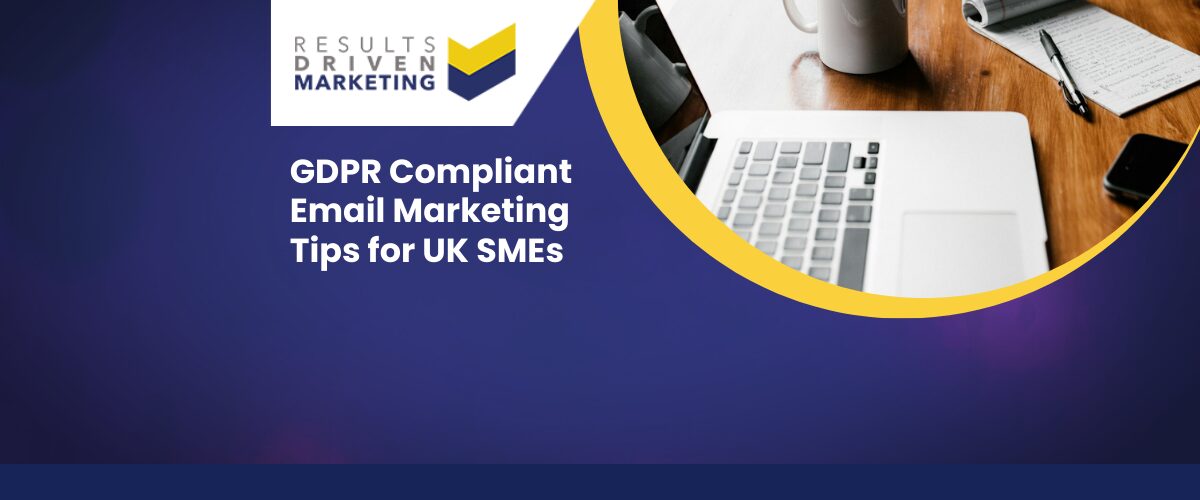
How to Clean Email Lists Without Losing Data
Knowing how to clean email lists without losing data is essential for any SME using purchased B2B contacts in their marketing and sales campaigns. If your bounce rates are rising, engagement is falling, or you’re being flagged as spam, it’s a sign your data needs attention—not replacement.
Cleaning your list the wrong way can cost you valuable segmentation, contact history, and the clarity of your campaign strategy. In this guide, we walk you through a smart, step-by-step process to safeguard your investment, improve deliverability, and protect your targeting precision. Whether you’re preparing for a new outreach cycle or simply tightening up, you’ll learn how to clean effectively and carefully.
Table of contents:
Why List Cleaning Matters More Than You Think
Poor Data = Poor Results
Even the best purchased lists decay: people change roles, emails go inactive, companies move. This leads to:
-
Mailbox placement issues
-
Poor sender reputation
-
Wasted time and budget on unresponsive contacts
List Decay Is Inevitable
Expect up to 30% decay annually—even on quality lists. Regular, structured cleaning is the most straightforward way to stay campaign-ready.
Cleaning Is More Than Deleting
List hygiene means removing invalid addresses, improving engagement metrics, and refining targeting—all without erasing valuable data.
The Risks of Cleaning Lists the Wrong Way
Deleting Valid Contacts by Accident
You could lose valuable prospects who engage lower down the funnel or have longer decision cycles.
Breaking Segmentation Fields
Removing tags like job title, sector, or location disrupts campaign targeting and personalisation down the line.
Losing Historical Campaign Data
Without a backup, you erase opens, clicks, replies, and insights—making future optimisations nearly impossible.
Creating Team Confusion
When unchecked deletions occur, it can create misalignment between sales and marketing, leading to duplicated efforts or miscommunication.
That’s why a structured clean, guided by a clear process, matters. Let’s walk through it.
Step-by-Step: How to Clean Email Lists Without Losing Data
Step 1: Create a Secure Backup First
Save a full copy of your list—including all fields, tags, and notes—with a clear name and timestamp.
Step 2: Review Bounce and Engagement Data
Identify hard bounces, non-openers, and duplicates—creating a shortlist of potential removals, not a deletion log.
Step 3: Manually Flag Poor-Quality Records
Include missing titles, incorrect domains, or generic email addresses like “info@” or “sales@”. Use flags—not deletes.
Step 4: Remove Only What’s Necessary
Soft-delete by using suppression lists. Delay deletion of unengaged contacts instead of removing them immediately.
Step 5: Document Your Changes
Record who made updates, on what date, and why. That way, your team stays aligned.
Key Fields to Preserve When Cleaning Data
Job Titles
Vital for personalised messages—losing this means losing relevance.
Company Names & Websites
Essential for personalisation and avoiding duplicates.
Industry/Sector Tags
Critical for campaign performance analysis and tailored messaging.
Geographic Information
Important for location-based targeting or time zone considerations.
Response History
Notes like “follow up in Q4” prevent awkward miscommunications or repeat outreach.
Internal Tags & Filters
Campaign source tags, lead sources—retaining these provides context for future segmentation.
How Often Should SMEs Clean Their Email Lists?
-
Signs your list needs attention:
-
Bounce rates above ~2%
-
Declining engagement or spam notifications
-
Emails failing to deliver
-
-
Suggested Schedule:
-
Quarterly clean for active campaigns
-
Before each campaign send
-
Annually for dormant lists
-
-
Stay proactive: Suppress unresponsive contacts and update segments regularly.
The Difference Between List Cleaning and List Updating
-
List Cleaning = removing outdated/inactive records responsibly.
-
List Updating = refreshing data—correcting titles, adding new contacts, completing missing fields.
-
Together, cleaning and updating ensure your data remains accurate and effective.
Why Choose Results Driven Marketing
We go beyond just supplying lists—we help you use them well.
-
Clean, segmented, campaign-ready click data
-
Real, human support—from targeting to outreach strategy
-
Fully aligned with GDPR for your peace of mind
-
Trusted by UK SMEs who want better conversions, with full compliance
Need help cleaning your list or sourcing a fresh, accurate B2B dataset? Take a look at our email lists or contact us to explore a solution.
Ready to Clean Your Email List Without Losing Value?
Cleaning data the right way improves:
-
Deliverability and inbox placement
-
Audience segmentation and engagement
-
ROI—every campaign performs stronger, faster
Whether you need help reviewing existing data or sourcing new contact lists, we’re here to support you:
👉 Contact us to book your free 15-minute data review
👉 Check out our email lists to start with clean, targeted data today
Results Driven Marketing
Helping businesses go from bad data to more customers and profits.
📍 Newcastle at Cobalt Business Exchange
📞 0191 406 6399
🌐 rdmarketing.co.uk





